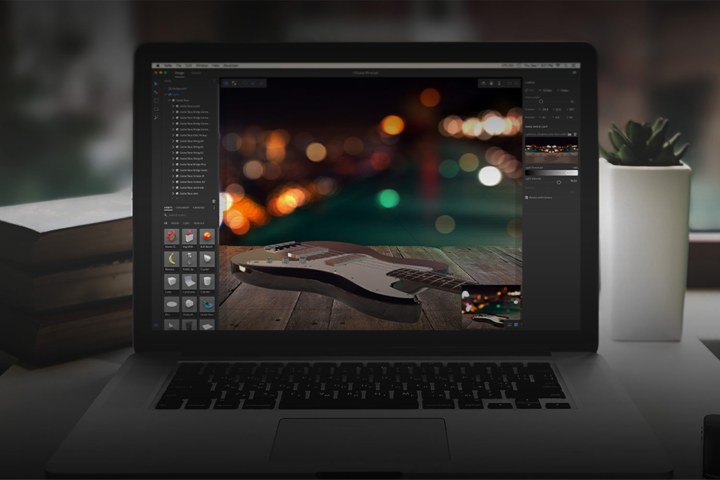
Announced last month at Adobe Max, Project Felix promises to make working with three-dimensional objects easier for graphic designers. The program enables users to create photo-realistic composite images using a mix of still photography and computer-generated 3D assets.
Project Felix offers designers flexibility in situations where they may need to create promotional materials for a product that doesn’t yet exist in the real world. In such cases, a 3D model of the product can be digitally placed into a real scene. Adobe offers a collection of 3D models built into Project Felix to ease the workload on designers. Naturally, the program also integrates with Adobe Stock, so finding background images is a breeze.
Before CC users download Project Felix, Adobe recommends they take a look at the system requirements, which ask for a minimum of a Core i5 processor and 8 GB RAM, although 16 GB is recommended.
Experience Design is Adobe’s all-encompassing solution to user experience design for websites and apps, and today marks the first time the program has been made available for Windows machines. Adobe acknowledged it had been a long time coming, but promises Windows users that this beta is a “high-performance release” and plans to issue updates on a monthly basis.
XD is Adobe’s first Universal Windows Platform (UWP) application, taking advantage of the latest Windows hardware and software. XD has already been downloaded over half a million times on the Mac, but Windows users will see platform-specific features, such as touch support on Surface machines, in a future update.



